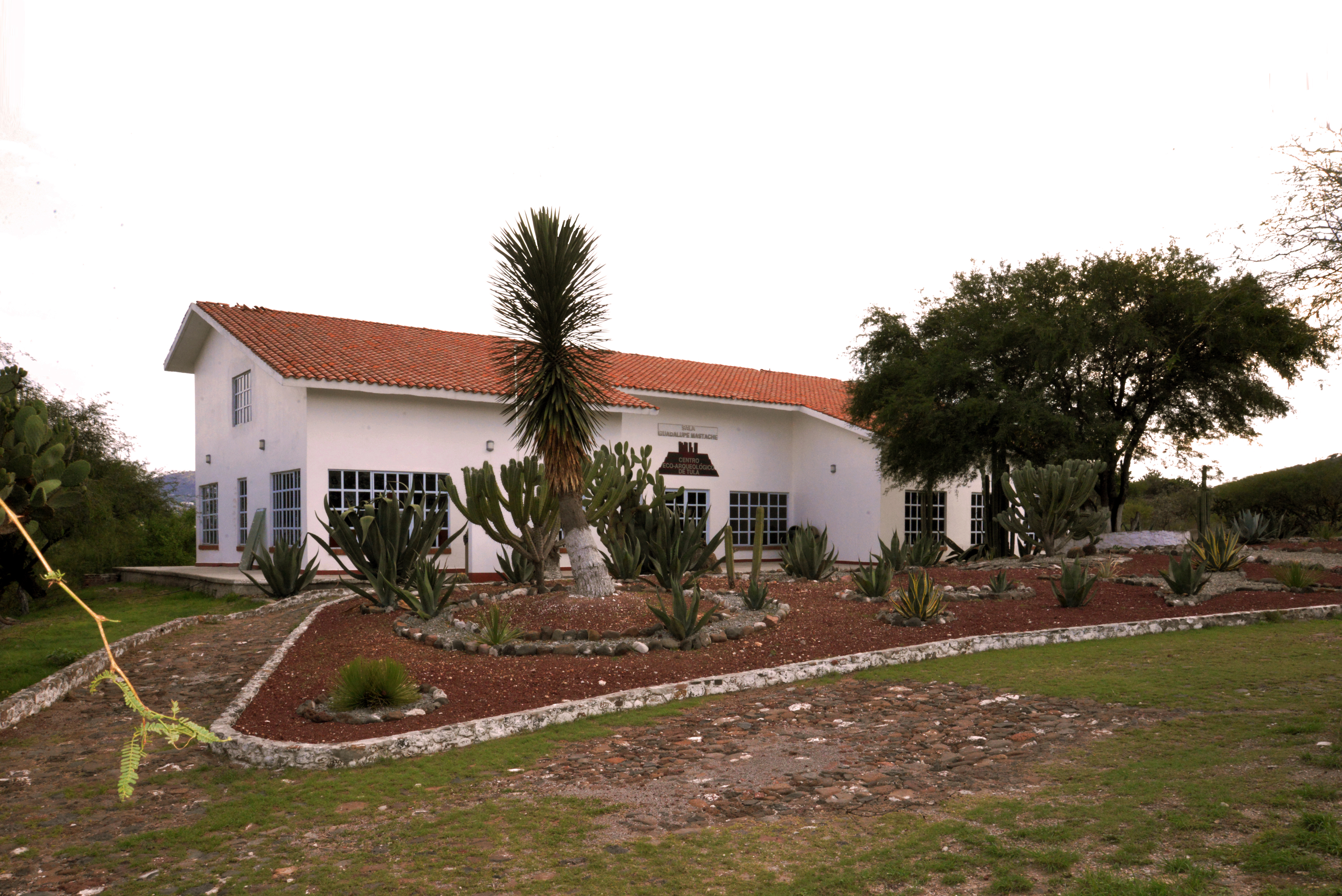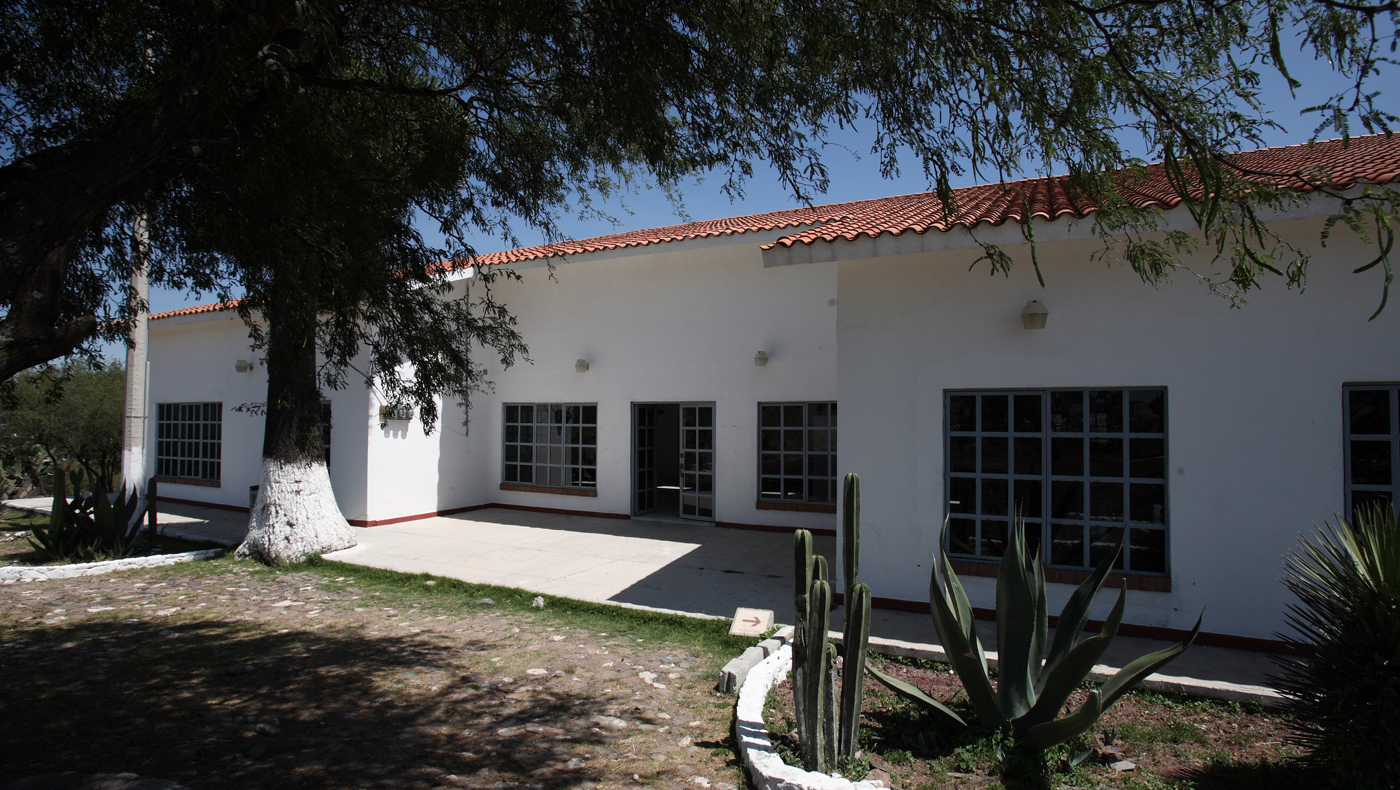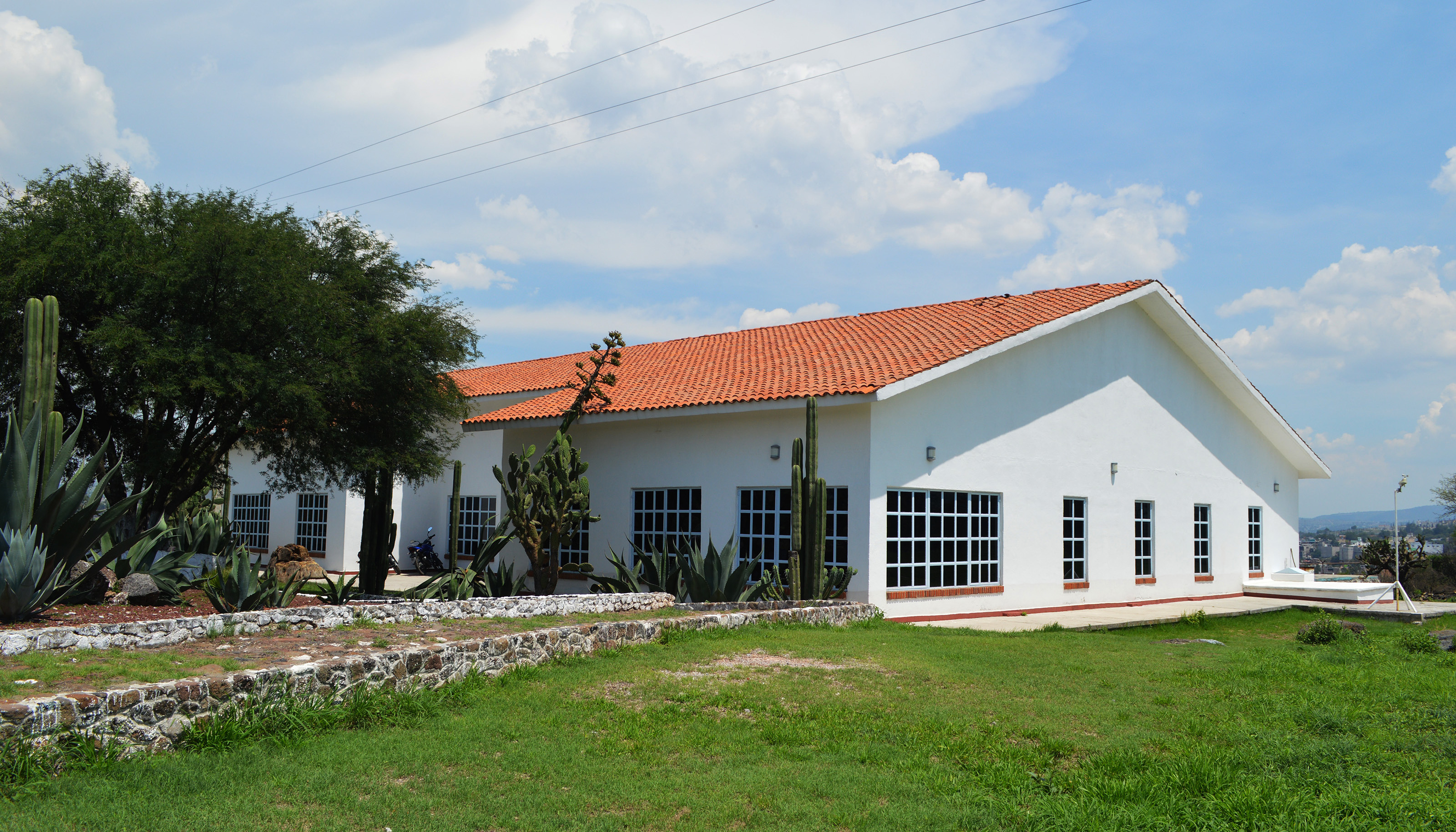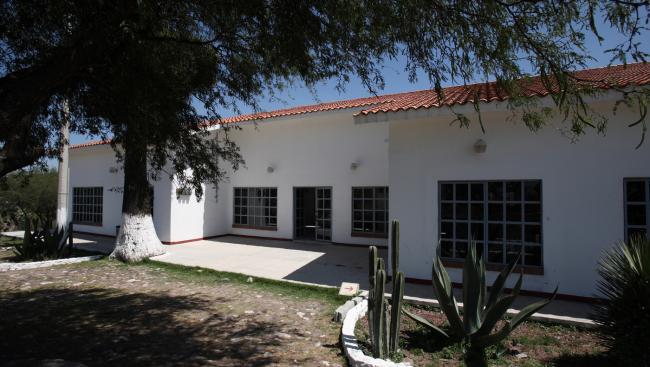The Interpretation Gallery is on a single floor and is designed as the starting point for a tour of the imposing Tula Giants Site, since it provides a stimulating introduction to the surprising world of Toltec culture. The Guadalupe Mastache Introductory Gallery is named after the Mexican archeologist who undertook a maintenance project with Dr. Robert H. Cobean on the Tula archeological site from 1992 and 1994. This was when the Breastplate of Tula was discovered.
This is an orientation and interpretation space for visitors to rest, refresh and admire the most important sculptures discovered during archeological excavations, including the shaft of a pilaster which features the figure of a warrior dressed as the god Tlaloc on the opposite side to Tezcatlipoca. There are also several Chac Mools, the so-called “atlantitos” (miniature “Atlases,” figures carrying objects on their shoulders) and stone sculptures. The figure of a jaguar in the entrance is one of the highlights. It was discovered in the village of San Francisco Bojay. It is carved from a single piece of basalt and stands on a rectangular pedestal.






